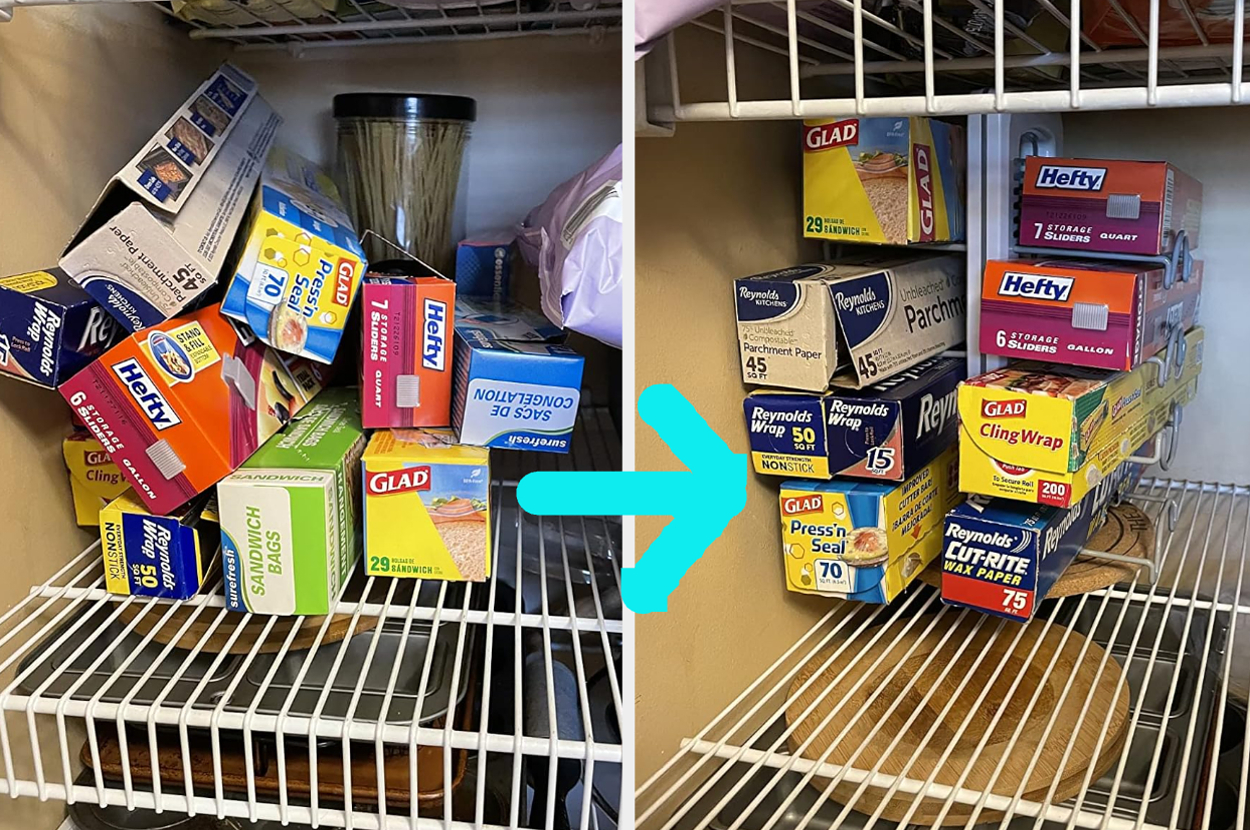Both of these can be used to do basically the same thing, but they have slightly
different use cases. So here are some rules for you to consider when deciding
which React Hook to use.
99% of the time this is what you want to use. When hooks are stable and if you
refactor any of your class components to use hooks, you’ll likely move any code
from componentDidMount, componentDidUpdate, and componentWillUnmount to
useEffect.
The one catch is that this runs after react renders your component and
ensures that your effect callback does not block browser painting. This differs
from the behavior in class components where componentDidMount and
componentDidUpdate run synchronously after rendering. It’s more performant
this way and most of the time this is what you want.
However, if your effect is mutating the DOM (via a DOM node ref) and the
DOM mutation will change the appearance of the DOM node between the time that it
is rendered and your effect mutates it, then you don’t want to use
useEffect. You’ll want to use useLayoutEffect. Otherwise the user could see
a flicker when your DOM mutations take effect. This is pretty much the only
time you want to avoid useEffect and use useLayoutEffect instead.
This runs synchronously immediately after React has performed all DOM mutations.
This can be useful if you need to make DOM measurements (like getting the scroll
position or other styles for an element) and then make DOM mutations or
trigger a synchronous re-render by updating state.
As far as scheduling, this works the same way as componentDidMount and
componentDidUpdate. Your code runs immediately after the DOM has been updated,
but before the browser has had a chance to “paint” those changes (the user
doesn’t actually see the updates until after the browser has repainted).
- useLayoutEffect: If you need to mutate the DOM and/or do need to
perform measurements - useEffect: If you don’t need to interact with the DOM at all or your DOM
changes are unobservable (seriously, most of the time you should use this).
One other situation you might want to use useLayoutEffect instead of
useEffect is if you’re updating a value (like a ref) and you want to make
sure it’s up-to-date before any other code runs. For example:
const ref = React.useRef()
React.useEffect(() => {
ref.current = 'some value'
})
// then, later in another hook or something
React.useLayoutEffect(() => {
console.log(ref.current) // <-- this logs an old value because this runs first!
})
So in situations like that, the solution is useLayoutEffect.
It’s all about defaults. The default behavior is to let the browser re-paint
based on DOM updates before React runs your code. This means your code won’t
block the browser and the user sees updates to the DOM sooner. So stick with
useEffect most of the time.
Source link






Leave a Reply